best pencil to sketch with
The Best Drawing Pencils, According to Artists
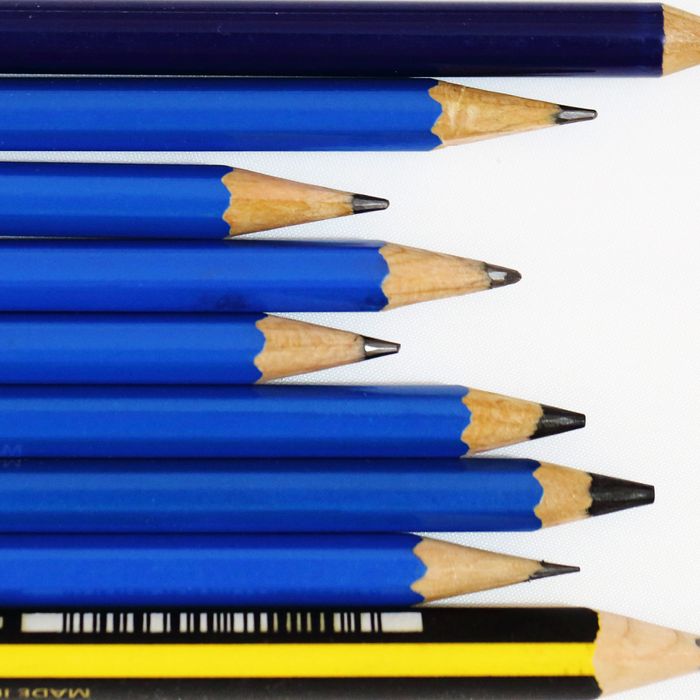
Photo: Sujay Govindaraj/Getty Images
Because they are erasable, pencils are often the first tool creative people use when sketching out a new drawing, sculpture, painting, or even designs for a new line of clothing. Pencils are also, in many cases, the tool those same artists have been using from the time they learned to write, giving them plenty of time to find a favorite. The ubiquitous writing and drawing utensil may seem as commonplace as a fork, but (like with forks) there is a tremendous variety of pencils out there. To find the best drawing pencils, we talked to artists from different disciplines about the ones they reach for over and over again, whether they're doodling in a sketchbook or putting the finishing touches on a large-scale work. "I've been using drawing pencils all my conscious life," says illustrator Christoph Niemann. Below, he and 11 others share their favorite drawing pencils — as well as their thoughts about the finer points of pencil design, how a great one should feel when you hold it, and which degree of lead quality is best.
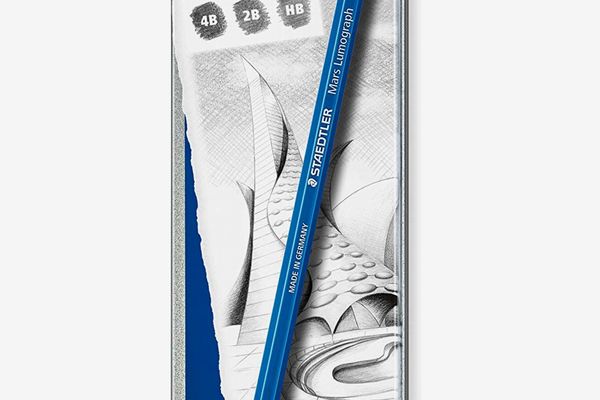
Among the 12 artists we talked to, the consensus was that Staedtler's drawing pencils are superior. The German brand is beloved among artists and graphic designers and came recommended by three people we spoke with. It was officially founded in 1835, but its roots go back to a circa-1662 item in the Nuremburg city annals that references a pencil craftsman named Friedrich Staedtler. Needless to say, the company has had a while to perfect its craft, which shows in its offerings (its range of lead grades, for example, is wider than most other pencil makers'). Staedtler offers leads from 12B to 10H, with B indicating the graphite's level of blackness or softness, and H indicating the level of hardness. The higher the number, the softer or harder the lead will be. (Hard leads make cleaner lines that are less susceptible to smudging; soft leads create richer, heavier lines.)
Joshua Abelow, who uses pencils on soft paper to create large line drawings (that he never revises or erases), says he's been using Staedtler's 6B Mars Lumograph pencils exclusively since 2004. "I like the 6B because it's soft enough to produce a wide variety of marks depending on the speed and pressure I apply." Andrew Kuo and Sebastian Black, both painters, say they also prefer Staedtler. Kuo uses HB Staedtler pencils exclusively (HB, which is the midway point of lead grades, stands for hard and black so it's both precise and rich), while Black says that he regularly uses both HB and 2B. This set of six Mars Lumograph pencils includes a range of lead degrees, from HB to 8B, so you can test all three of the artist's favorite leads.
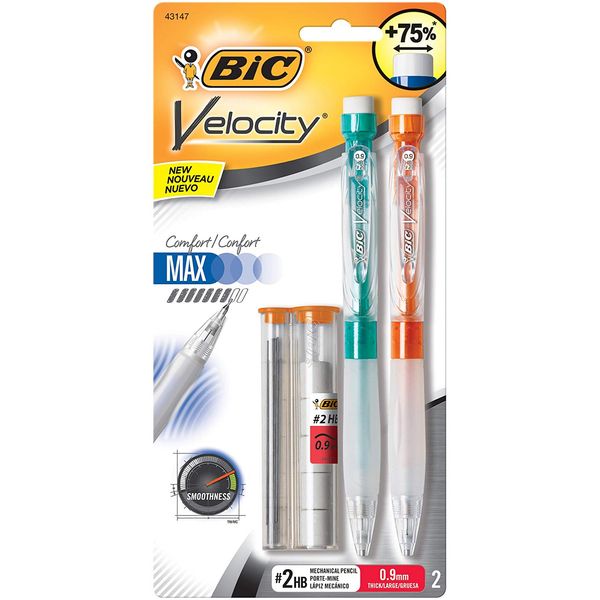
As Staedtler's pencils' name suggests, the tools are made specifically for drawing and sketching. But interestingly, just as many artists (three) told us that Bic's mechanical pencils are an equally worthy drawing pencil — largely because you can buy them anywhere in a pinch, the lead doesn't smudge, and there's no need for sharpening. Illustrator and clothing designer Tuesday Bassen is a fan of mechanical pencils because they are naturally precise, and told us she uses Bics when she can't find her more expensive Kaweco mechanical pencil. "I use these for purely utilitarian purposes. They are strewn everywhere in my life." Artist Michael Cline calls them his "go-to, all-purpose implement," adding that he "loves their ubiquity, and that they're just as easily purchased at Staples, as at a bodega. I usually have one close at hand for sketching quick ideas in my Moleskine, or for making sharp clarifying lines when finalizing the composition of a painting." Illustrator Daniel Fishel told us that his undergrad professors recommended using wooden pencils in a range of leads (like the above Staedtlers), but said that he would constantly break those because he always dropped them. His solution? Using Bic mechanical pencils because, as he puts it, "I could just throw whatever lead inside them and it would be more cost-effective."
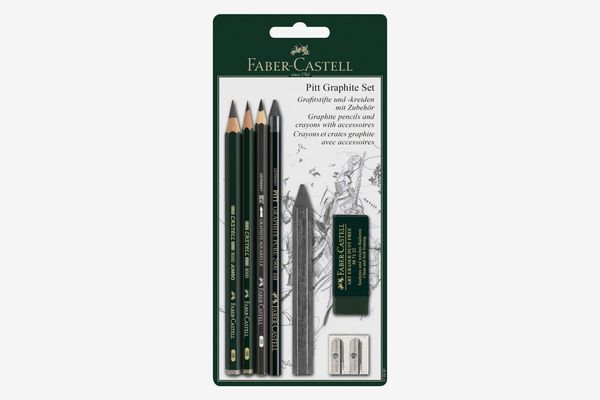
Cline and illustrator Julia Krusch both told us they swear by Faber-Castell drawing pencils. Cline notes that "they take to a blending stick very nicely," adding that "when I want to make finished drawings (which is not very often), I use Faber-Castell. They have a smooth, uniform quality." He prefers the brand's 9000 series, which feature leads made from a combination of finely ground graphite and clay, while Krusch opts for Faber-Castell's Pitt Pure graphite pencils (6B or 9B), which are more sustainable because they lack a wood casing and are made of pure graphite. She especially likes using a Pitt Pure "to emphasize a contour or draw single heavy lines." The set shown comes with a range of Faber-Castell drawing pencils, including both Cline and Krusch's favorites. For contrasting small details, Krusch likes another Faber-Castell pencil — the Clutch — with 0.5-mm lead (artist and licensed art therapist Margot Werner is also a fan of the Faber Castell Clutch).
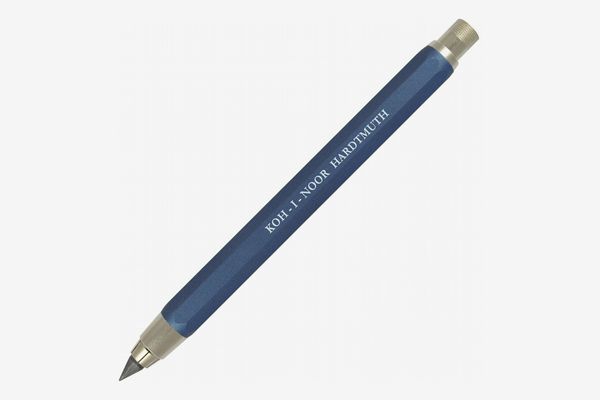
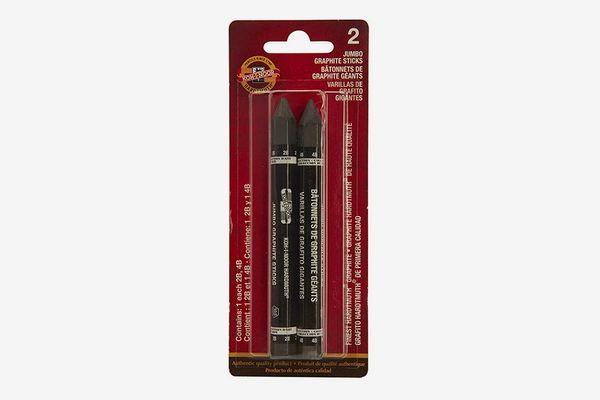
Though he admits to buying "immoral amounts of art supplies," Niemann says he often uses whatever's within reach. Still, for larger pencil drawings, he says that "I sometimes use the Koh-I-Noor lead holders because it's easier to create a chunky line." Krusch is also a fan of Koh-I-Noor, but instead of the holders, prefers the brand's woodless graphite sticks, which she says she uses for "wider surfaces or more texture when held at an angle." The graphite sticks are essentially a fatter version of the leads you would put in the Koh-I-Noor holder, with a paper wrapper to keep your hands from getting dirty.
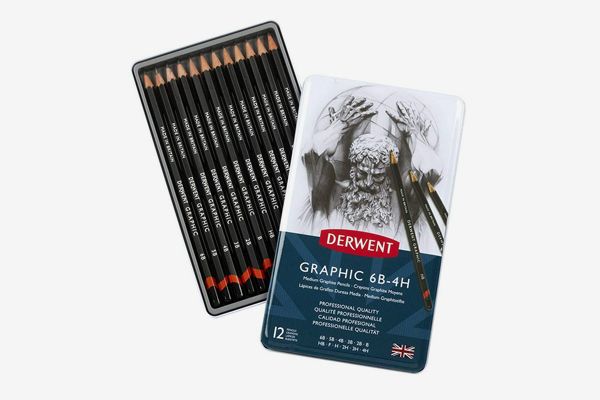
Niemann also says he has an affinity for Derwent drawing pencils — particularly the way they look. "They look better than the competition," he explains. "Matte and shiny black, with white type, and then that sexy orange stripe." Like the Staedtler and the Faber-Castell pencils, these Derwent pencils are hexagonal to give you greater control and precision. The leads are made from a mix of clay and finely ground graphite, and they range in hardness from 9B to 9H, with this set ranging from 6B to 4H.
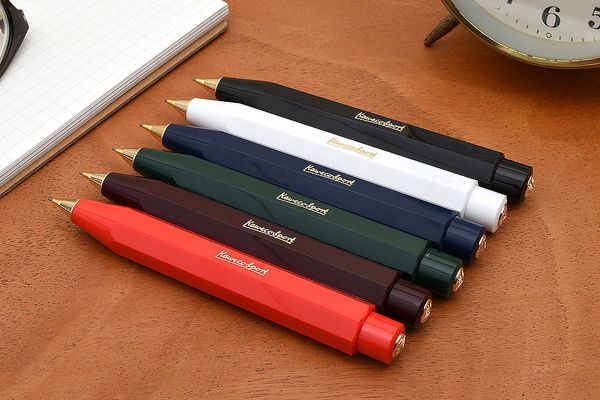
As we noted above, Bassen's true favorite mechanical pencil is the Kaweco Sport, which she loves for its "chunky aesthetic" and owns in three colors: White, navy, and hot pink. She told us she fills it with whatever leads she has on hand; Kaweco's mechanical pencil takes 0.7-mm lead from any brand, so you can switch up the hardness or softness depending on your project.
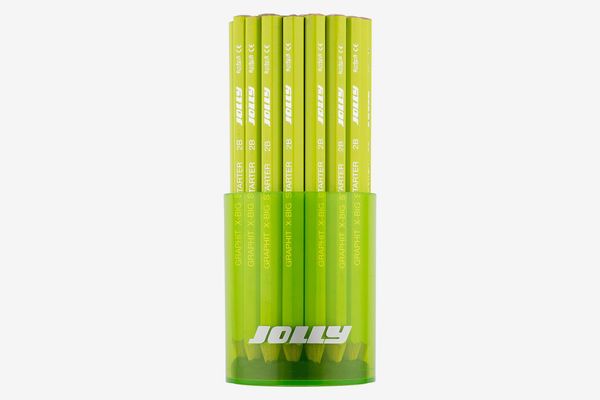
When precision isn't her goal, Bassen likes using one of these extra-large green pencils from Jolly. Actually made for classrooms, they boast a 6.5-mm 2B graphite core, and a strong sustainably harvested wood casing. Bassen calls them "a chunky boy that I use when I want to get loose in sketching," saying "they're deeply satisfying to use for 'fun' drawing."
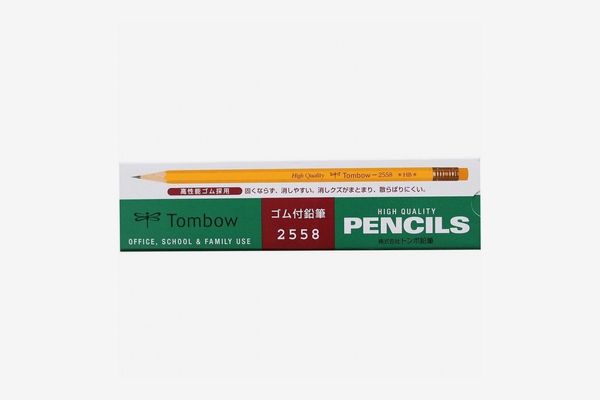
In addition to the other pencils she told us about, Krusch says she also likes sketching with what she calls "classic pencils with the rubber on the end." For this style, she recommends Tombow HB pencils over any other brand. She told us the Tombows help motivate her to create new work because they remind her of the pencils she used in elementary school — but these aren't your average Ticonderoga pencils. "They have the perfect hardness, so you can draw heavy and black with them, or also go light and soft or smear with your finger to get a different texture," says Krusch. They also have a superior eraser, which doesn't dry out and erases cleaner than your classic yellow No. 2.
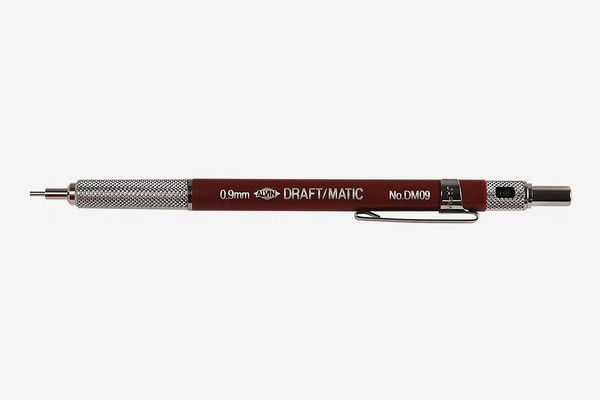
When he's not grabbing for a Bic, Fishel's No. 1 favorite pencil is actually the Alvin Draftmatic mechanical pencil, which he uses with HB Pentel Hi-Polymer lead (stronger than other leads, it resists breaking mid-line). Fishel first spotted the Alvin behind the counter at DaVinci Artist Supply in Manhattan, where be bought one in a spur-of-the-moment decision. He particularly loves the way these sit in his hand, saying they're easier to grip than any other pencil he's tried. "They're slender, with a metal grip on the end, so my sweaty hands don't constantly get close to the tip of the pencil, and they have a heavyweight for a nice balance. I don't feel the need to press as hard on the paper as I do with other mechanical or conventional pencils."
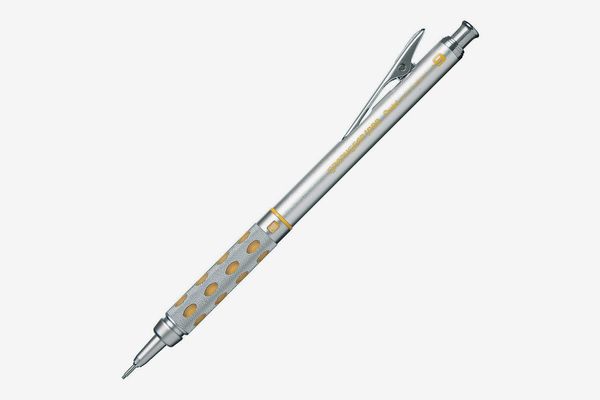
Kuo also has a favorite mechanical pencil, which he uses expressly for drafting out his paintings on canvas and linen. He says that the 0.9-mm HB lead (the same one Fishel uses in his mechanical pencils) is thick enough not to break on the rough surface of either material. And, according to him, "the tooth of the linen eats graphite alive," so this mechanical style saves some time when it comes to resharpening.
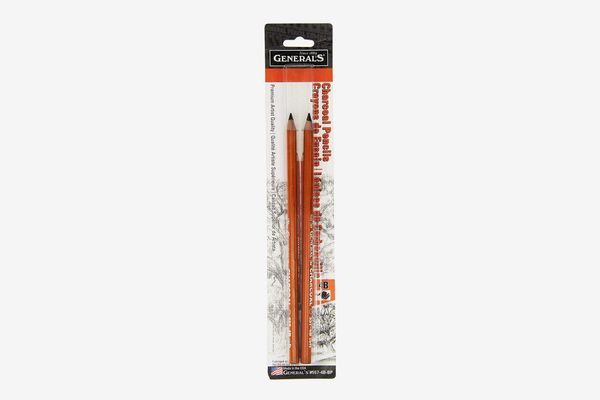
Illustrator Amber Vittoria told us that her new favorite pencil is this charcoal style by General Pencil. "I was recently introduced to this pencil at a workshop in the Queens Botanical Garden," she says. "It's soft enough, but not too soft." Charcoal pencils can create tones that are much darker and richer than even the softest graphite, making these a great tool for loose beginning sketches.
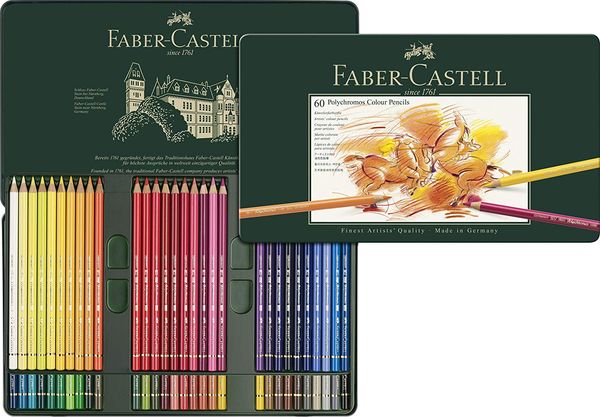
Three of our artists also recommended their favorite colored pencils for creating outdoor studies, finished drawings, and even watercolor paintings. Krusch is a fan of this set of Faber-Castell Polychromos, even though she admits they are a little pricey. They're worth the extra cost, she says, because "they're pretty solid, don't break easily, and I feel like they last a little longer than other ones. I use them for my actual artwork — mostly I sketch beforehand in black/white and then trace on a light table with these. So a lot of my editorial illustration work is done with them."
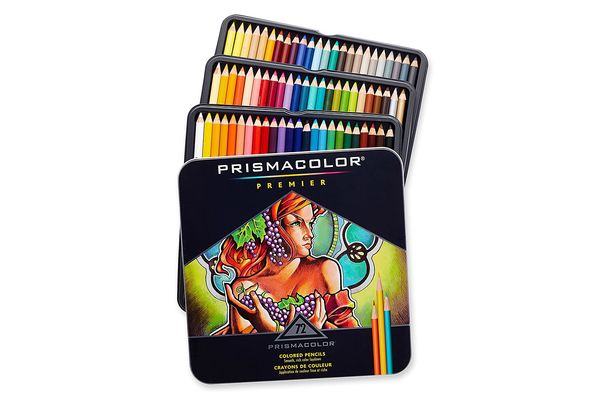
Land Studio and Gallery artist Carlo Daleo likes Prismacolor colored pencils because, as he puts it, they "give great color and good life to the best drawings I've ever made." Daleo says he loves using them for commercial projects as much as he does when he's drawing for fun.
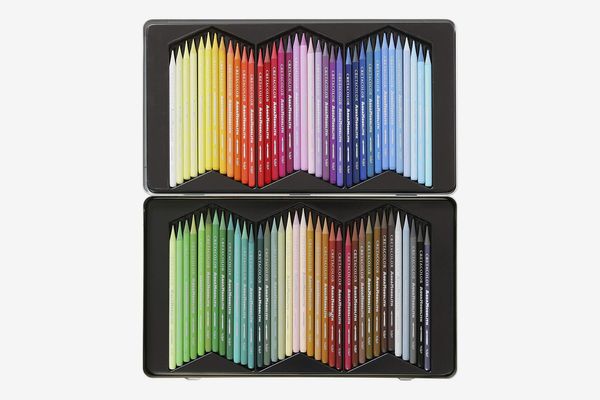
Painter Lauren Beck says she feels quite passionately about Cretacolor Aqua Monolith colored pencils, which she uses to create watercolor paintings on paper. Watercolor pencils use water-soluble binders to hold their pigments together, and can be used exactly like regular colored pencils, or dipped in water to blur and spread the pigment just like watercolor paints. Beck swears by these because of their rich pigments and woodless design, which together allow her to "create different line thicknesses and textures by changing the angle of the pencil."
The Strategist is designed to surface the most useful, expert recommendations for things to buy across the vast e-commerce landscape. Some of our latest conquests include the best acne treatments , rolling luggage , pillows for side sleepers , natural anxiety remedies , and bath towels . We update links when possible, but note that deals can expire and all prices are subject to change.
best pencil to sketch with
Source: https://nymag.com/strategist/article/best-pencils-for-artists.html
Posted by: troyothere.blogspot.com

0 Response to "best pencil to sketch with"
Post a Comment